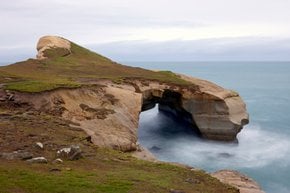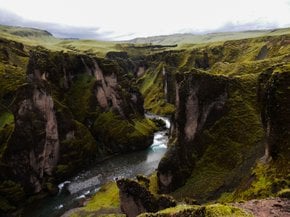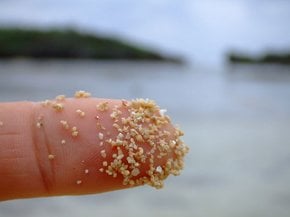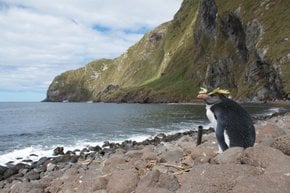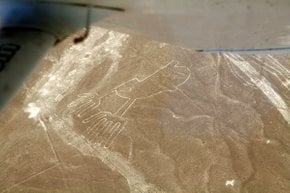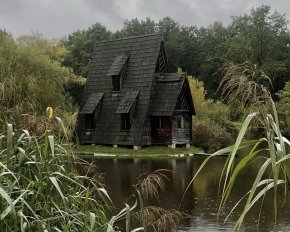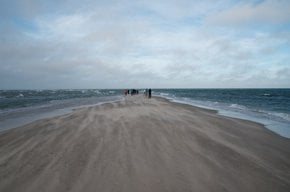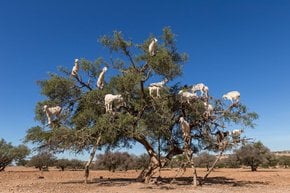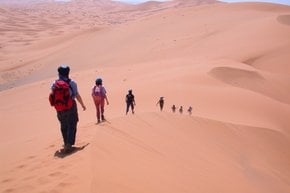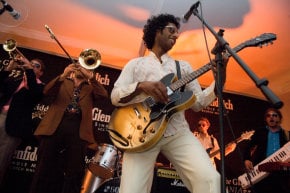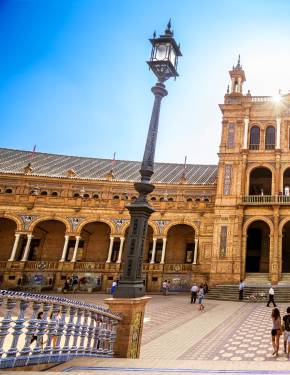Fes Tanneries in Morocco 2025-2026
One of the city’s most iconic sights, a window into the pungent, natural process of producing world-class leather using methods that have changed little since medieval times
Best time: September–May
Fes—Morocco's third largest city—was founded in the 8th century and now has a population of over one million people. It is famous for its leather products and most of it comes from the leather bazaar (souq). The souq is home to three ancient leather tanneries, the largest and oldest being the Chouara Tannery, which is almost a thousand years old.
Tanneries in Morocco follow the traditional system of treating leather. Hides are soaked for a few days in vessels full of cow urine, quicklime, water, and salt before being picked and dried. Then they are sent to the next set of containers filled with mixed pigeon droppings and water for softening. With nothing besides bare hands and feet, local tanners rub down the skins to reach the desired softness as well as to prepare them for the final dying process. Visitors can observe the tannery in action and receive a gift upon arrival: a tiny spring of mint to hold near the nose when the smell becomes too unbearable.
The tanneries are the least smelly in the cooler season, so the best time is roughly September to May.

















